The uncomfortable truth about Kate and William that nobody wants to admit
With the memory of their mother still casting a long shadow, both Harry and William are determined to do things their own way. But, asks Tessa Dunlop, after a week of turmoil and many questions left unanswered, does this spell trouble in a world where there are now more palaces than major royal players?

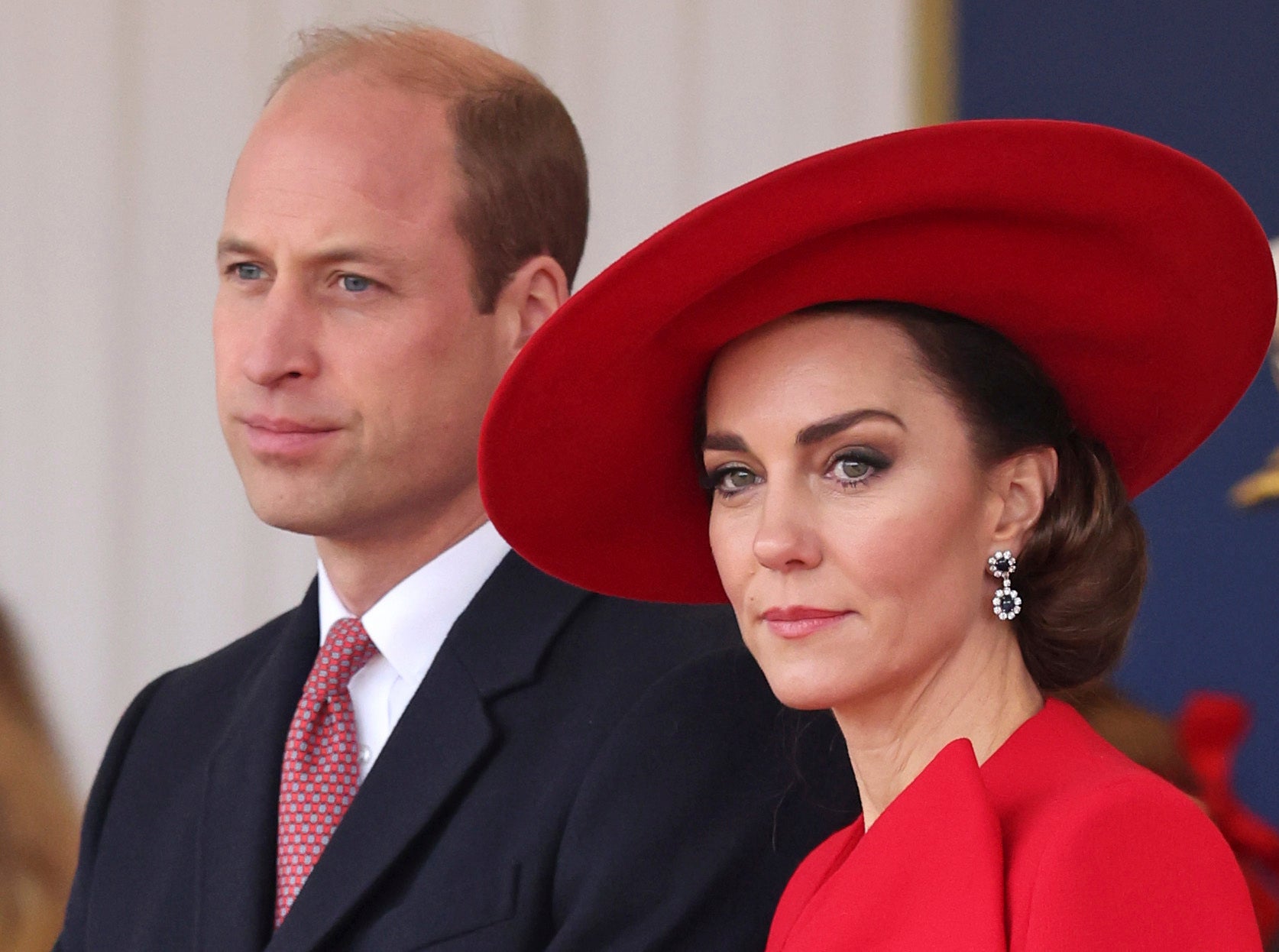
There are some who love nothing more than a conspiracy theory, or better still one laced with a whiff of royal scandal; the “disappearance of Kate Middleton” and that Mother’s Day photograph have gripped audiences around the world. Especially in America.
TMZ, the USA’s behemoth showbiz site, insisted the palace has “got caught in a lie … confidence is shot”. Time magazine ran a similar editorial: “The royal family has a trust problem.” Both have a point, but Kensington Palace doesn't see it like that. And nor do Britain’s supposedly attack-dog tabloids.
The same day America demanded accountability, The Sun newspaper urged its readers to “Lay off Kate” and an unusually rueful Daily Mail mused “How did Kate’s photo become a PR disaster?”
When British tabloid newspapers, famed for their rude combination of patriotic genuflecting and brutal royal shaming, err on the side of caution, you know there’s a problem. One that runs much deeper than a doctored family photograph.
Post-Elizabeth II things were never going to be easy, but for a brief moment, it felt like the royal family might have pulled it off: the dreaded death of Britain’s longest-serving monarch came and went in a heft of tinsel and tiaras, coronation cupcakes and commonwealth flags.
Avuncular Charles stepped up in a downpour and reluctant William swore his allegiance. Flash Harry exited stage left and for once Andrew was overshadowed by a sizable cast of royal relics and also-rans (no one does extended family quite like the Windsors). So far so good. It was left to sensible Anne to add a note of caution, insisting that a “slimmed-down monarchy” “doesn’t sound like a good idea from where I am standing”.
The Princess Royal wryly observed that not so long ago “there were a few more people around”, (she was referring to royal principals, not also-rans). And that was before her 75-year-old brother, the King, retreated from public life with an unnamed cancer, and royalty’s new mainstay, Catherine, Princess of Wales, underwent extensive abdominal surgery.
Confronted with a personnel vacuum, the rumour mill started to turn. Spirited attempts by Camilla and (part-time) William to fill the gap left behind have done nothing to stem ugly gossip and conspiracy surrounding the disappearance of Kate.
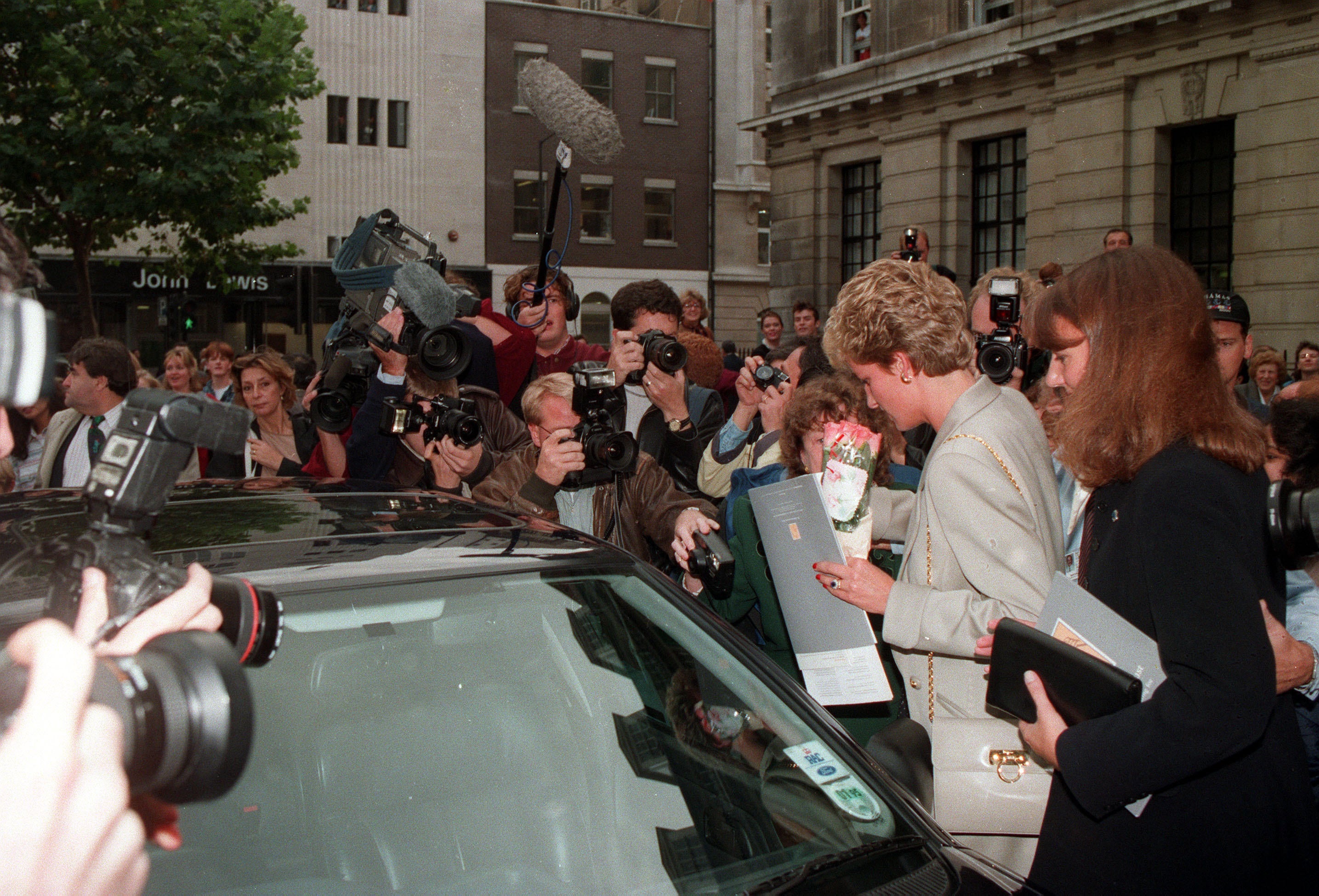
The absence of Harry has never been felt so acutely, and with the launch of Meghan's new business venture, it’s a reminder that regal trappings don't require royal levels of commitment.
In less than a decade, Britain has gone from a bloated monarchy to a perilously thin one. These days the institution boasts more palaces than royal players, an unanticipated predicament which has piled pressure on the Royal Family’s squeezed middle, William and Kate.

Between the wars, Virginia Woolf insisted Brits had an “insatiable need to see” royalty because “if they live, then we live in them too”. But cast through tightly controlled media moments and carefully curated photographs, in reality, Kate has rarely given us more than a best-foot-forward, glamorous, glad-handing version of herself.
As Hilary Mantel once observed, Kate seemed “to have been selected for her role of princess because she was irreproachable … she appears precision-made”. If something looks too good to be true, it probably is. Scratch that perfect image and instead try imagining Kate as a stretched middle-aged mum, propping up an old King, a crabby husband and an energetic pack of primary school-aged children.
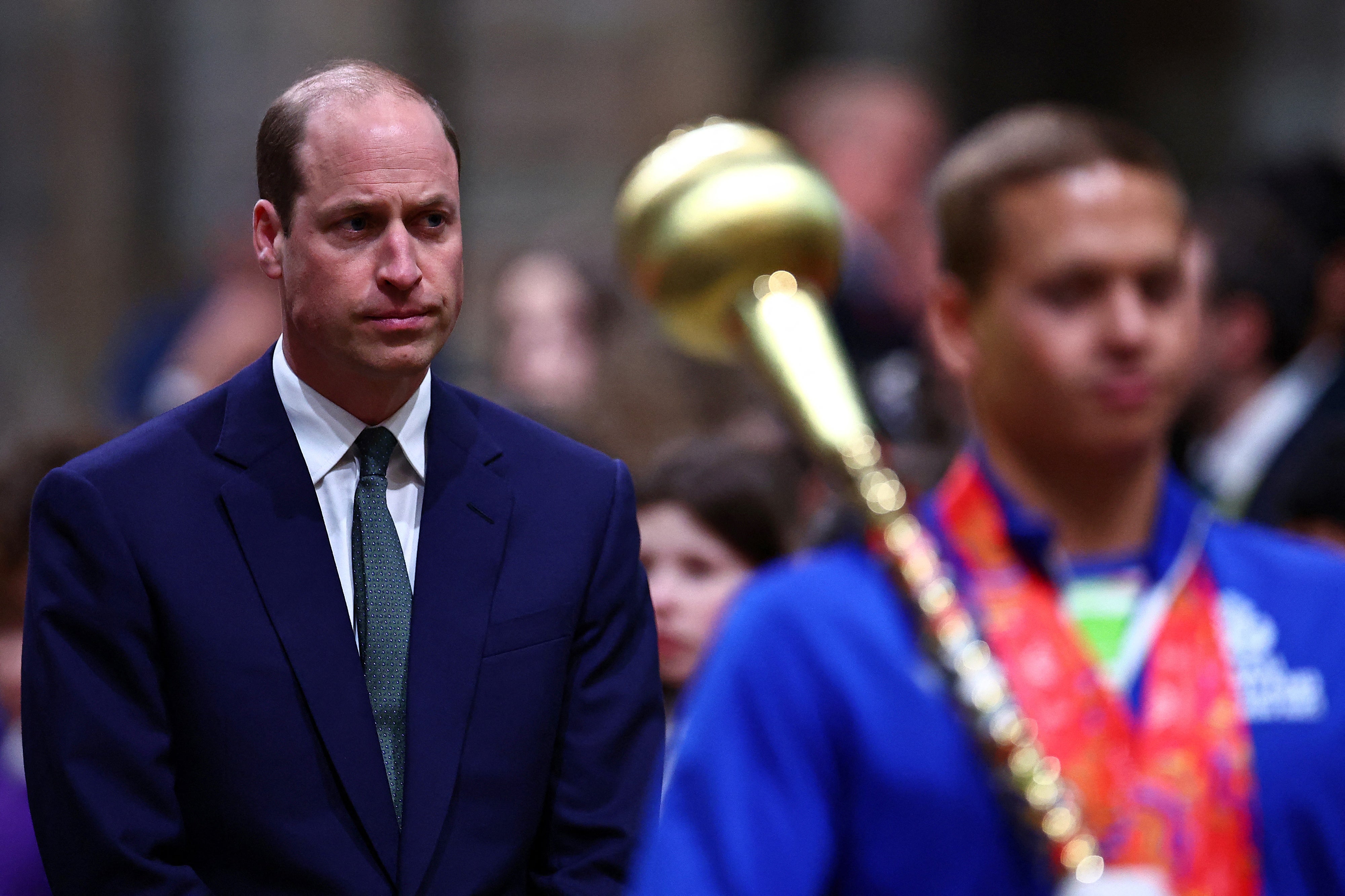
Unwell and in the rush hour of life, it is very possible she doesn’t relish the prospect of returning to her royal rounds under the inscrutable gaze of the British public.
Reared in England’s finest private schools, Kate has always been justifiably proud of her physical attributes; showing off her hockey skills in high heels, flashing her forehand with tennis’s Emma Raducanu and standing, babe in arms, just hours after giving birth.
But these days, having endured a major operation, the Princess of Wales might not be quite so keen to return to the limelight. Given the obsessive levels of attention that the Mother’s Day photograph received, can you blame her?
On Monday, outside Westminster Abbey for the Commonwealth Service, we were served a reminder of what royalty looks like without its lynchpin; lonely Prince William and Queen Camilla were greeted with a thicket of yellow anti-royal placards.
A civilised handshake and it could all be over. Apathy on both sides of the palace wall, not revolution, is the real scourge of modern monarchy
Recently the republican movement has seen an uptick, with anti-monarchists polling at a persistent 25 per cent, but far fewer people consider the threat posed to monarchy from within. The Princess of Wales, the Windsors’ only lightning rod, a glamorous well-behaved “commoner” who actively leant into her role, is unlikely to let the firm down. But a reset is already taking place, led by her husband, William.
With his charismatic younger brother Harry and wife Meghan out of the royal picture, the Prince of Wales could be seen as verging on complacent. Or maybe, this is William, like his brother, just doing things his way. If he doesn’t want to go to the Women’s World Cup Football Final in Australia, he won’t go. Nor will he explain his absence.
Ditto his mysterious withdrawal from the ex-Greek monarch’s memorial service, and this week’s refusal to release the original Mother’s Day photograph or provide any sort of credible explanation as its alleged photographer. These days, William is a “working” royal on his terms, and his terms alone.
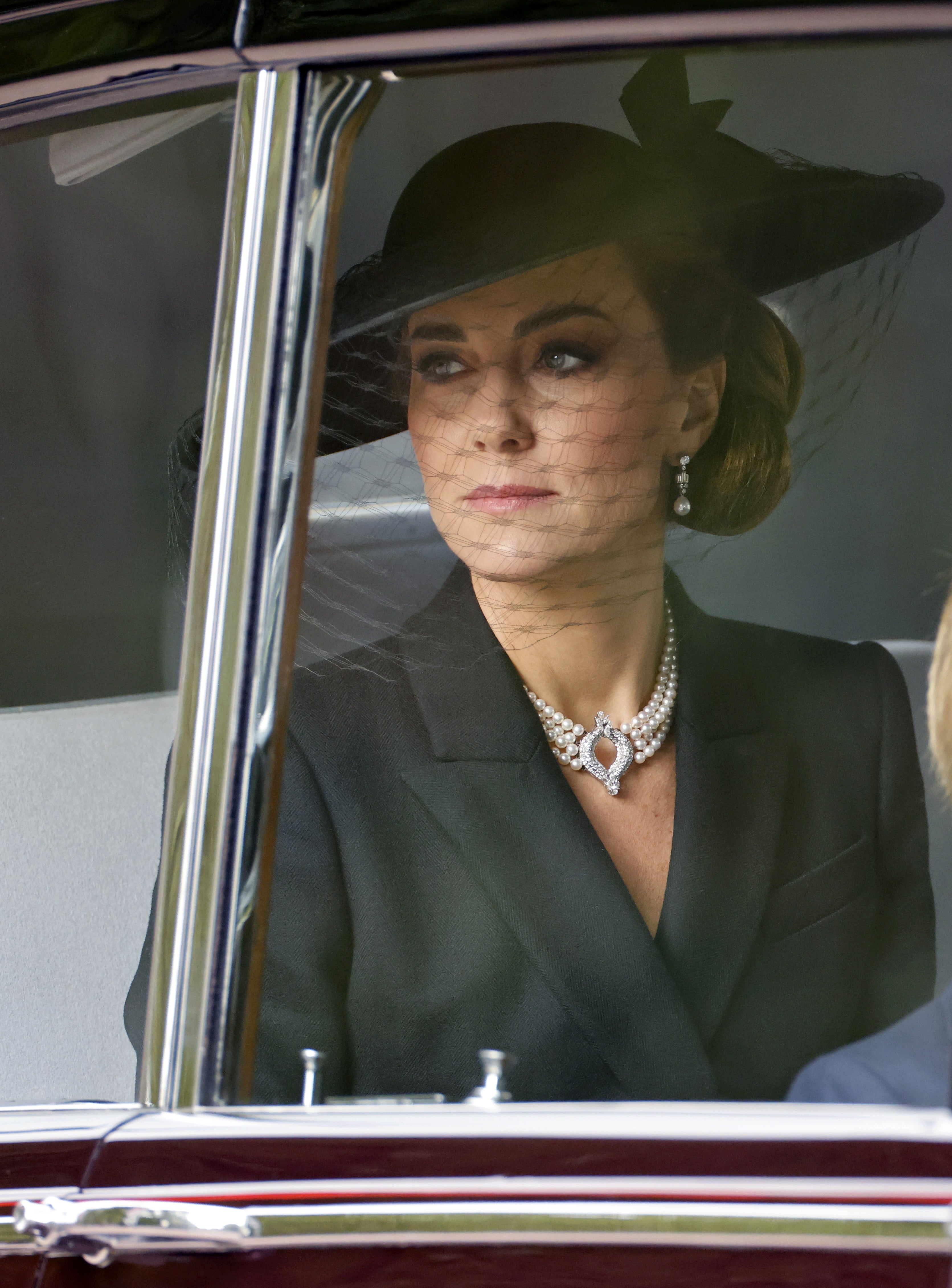
The late Queen insisted she had to “be seen to be believed”. Smartphones and social media have made that mantra much harder to manage. Prince Harry described living in the royal family as “a mix of being in The Truman Show and being in the zoo”. He chose to get the hell out. William and Kate, destined for the big gigs, have stayed put, but the last few years have been far from easy.
With all eyes focused on Harry’s wars against his own family and the British press, much less attention has been given to William’s long-term resentment of media intrusion, including trigger-happy lawyers (involving topless photographs to undisclosed settlements).
The two brothers’ respective attendance at the annual Diana Legacy Awards (thousands of miles apart) on Thursday evening, was a reminder that the shadow of their mother’s death will always haunt them, leaving both intolerant of the press and performative royal nonsense. They saw what damage that did to Diana, and William’s way of fighting back has been to do things his way. To hell with what the media “want”.
Kate and William, bricked in with bundles of privilege and constitutional certainty, don’t need to explain themselves; the Princess is on sick leave and her husband is accountable to no one. The late Queen is dead, the King is ill, Harry is absent. The Waleses are all we have got, and the British press know that.
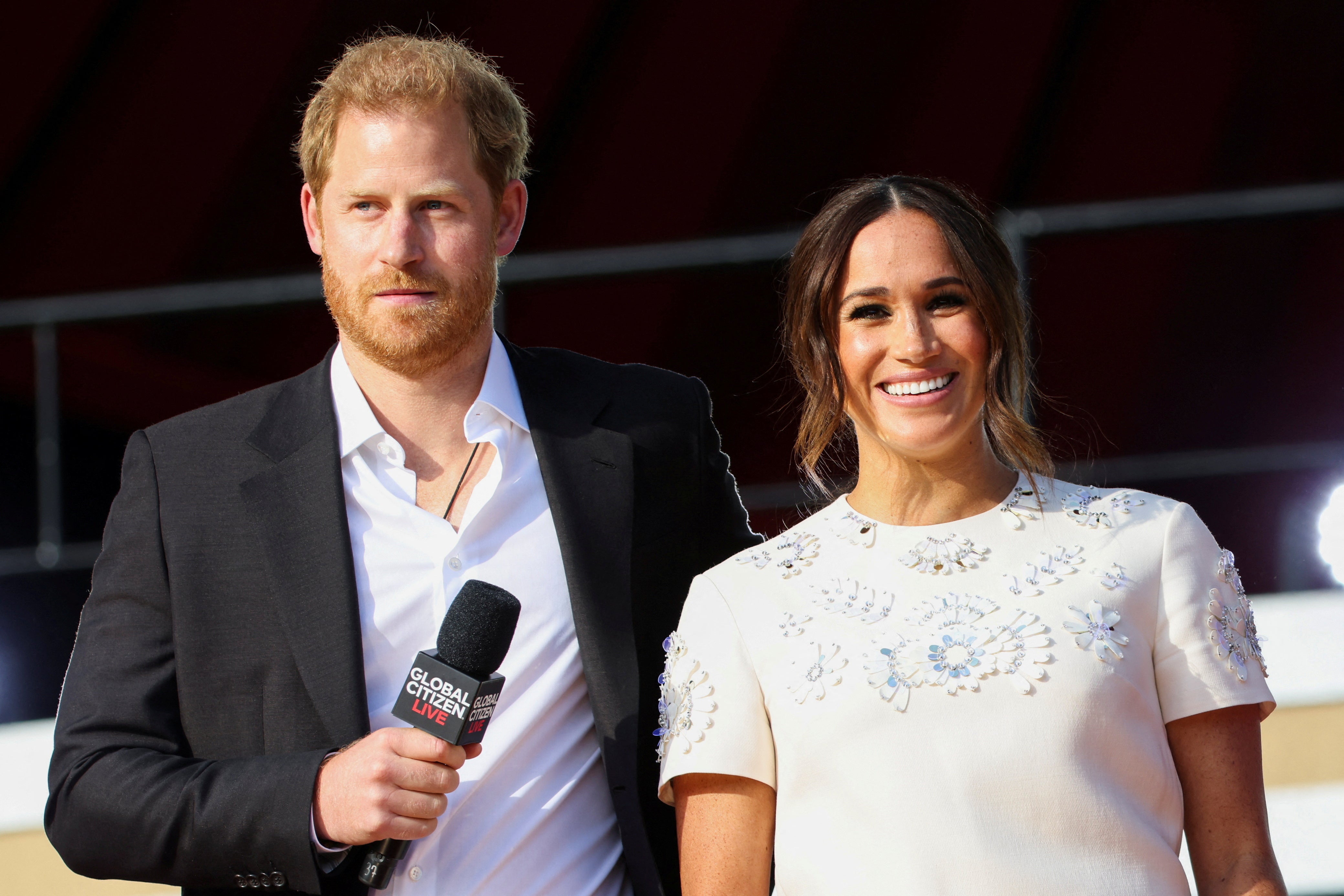
But in the embers of this weird week of royal news, a longer-term existential crisis lurks. Kate and William know that the mainstream media depend on them; if they want to show less of themselves, they can. Royal fans will have to make do, most will try to understand. But what about the younger, more cynical generation who don’t consume news through conventional channels? (Photo-gate blew up on social media, not in the press.)
Gen-Zers are as likely to wave an anti-monarchy placard as they are to buy a newspaper. For them, posting pictures of non-consensual children on social media feels more cruel than it does cute. What happens when these non-believers grow up and face down a reluctant King and Queen?
Republican zeal tends to fade with age; but it’s likely Generation Z will simply mature into royal agnostics, a potentially fatal match for Britain’s future royal family under William, with pots of money and a take-me or leave-me approach. A civilised handshake and it could all be over. Apathy on both sides of the palace wall, not revolution, is the real scourge of modern monarchy.
Tessa Dunlop is the author of ‘Elizabeth and Philip: A Story of Young Love, Marriage and Monarchy’, Headline, 2022
Join our commenting forum
Join thought-provoking conversations, follow other Independent readers and see their replies
Comments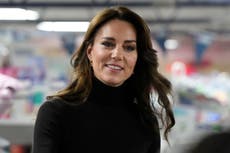
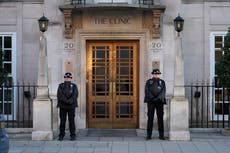

Bookmark popover
Removed from bookmarks